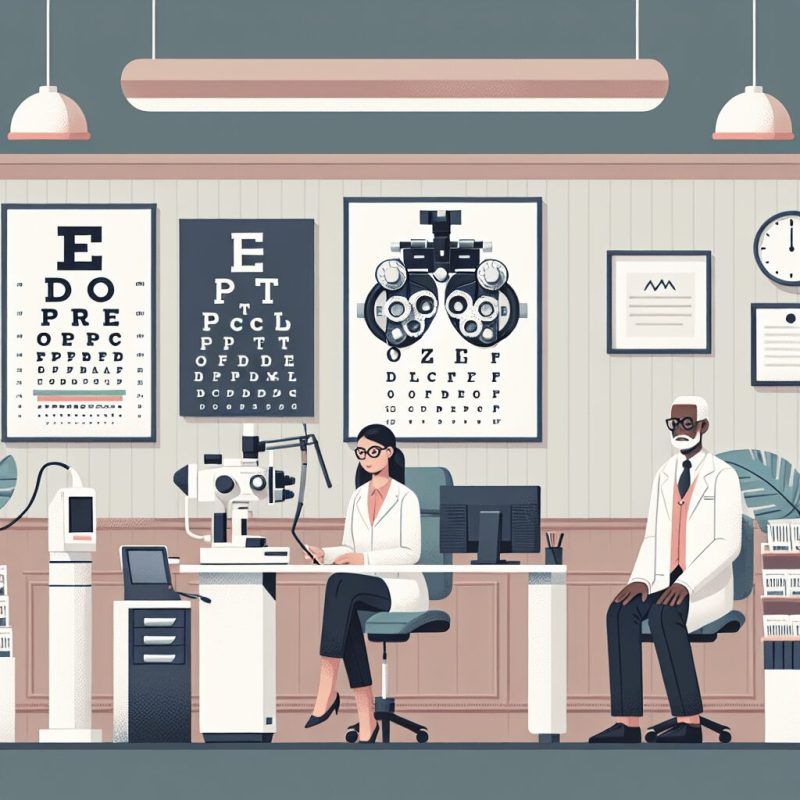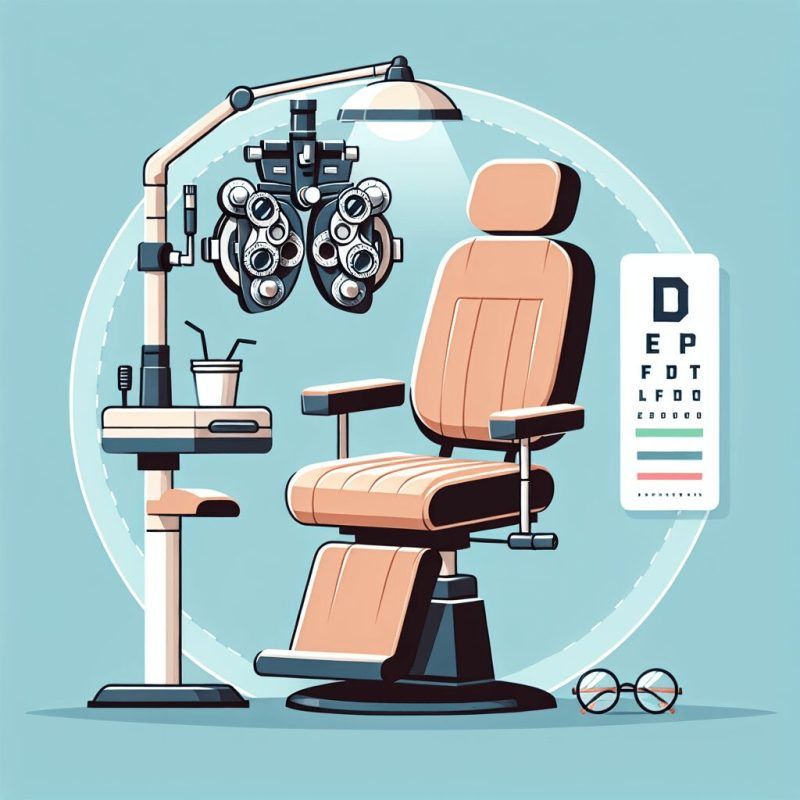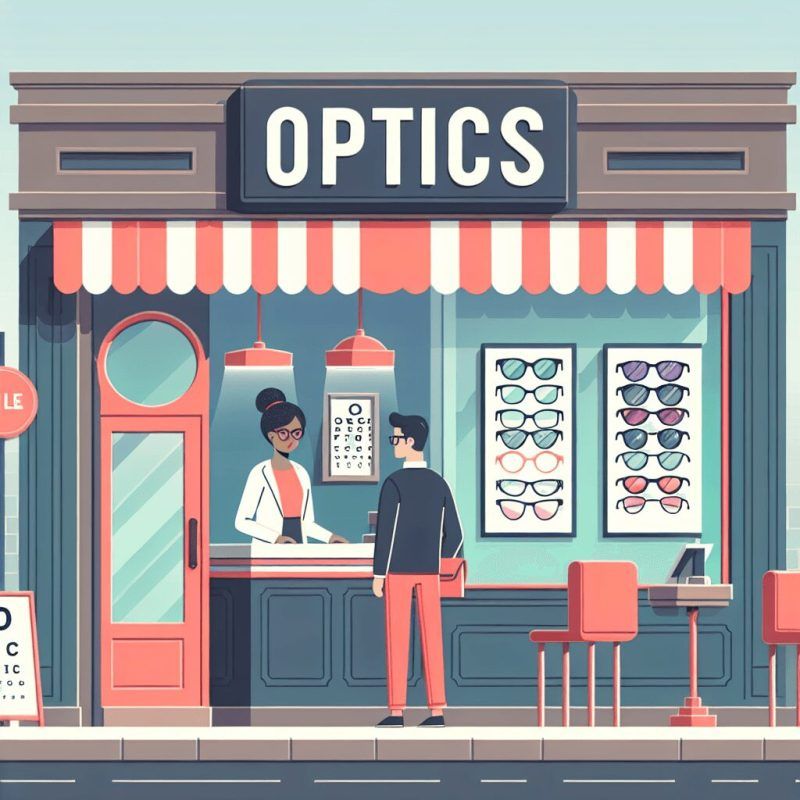Doctor's Corner
Seeking Non-Surgical Glaucoma Treatments
Glaucoma is a serious eye condition. If not treated, it can lead to vision loss. Management often involves a combination of treatments. Surgery and medications are common approaches. Noninvasive Glaucoma Procedures (NIGPs) provide a less invasive option. These treatments aim to reduce intraocular pressure and prevent optic nerve damage. From laser trabeculoplasty to ultrasound techniques, various procedures are available. Exploring non-surgical glaucoma treatments can help preserve vision for those with this condition.
Seeking Non-Surgical Glaucoma Treatments
Non-surgical treatment options for glaucoma help reduce intraocular pressure (IOP) without surgery. These treatments include:
-
Laser trabeculoplasty
-
Selective laser trabeculoplasty
-
Micropulse diode laser trabeculoplasty
-
Therapeutic ultrasound
-
High-intensity focused ultrasound
Medications like prostaglandin analogs and beta-blockers are also used to manage glaucoma, lowering IOP and preventing vision loss.
However, some medications may have side effects like frequent urination or depression. Lifestyle changes such as a healthy diet, exercise, and home remedies like artificial tears or eye compresses can also assist in managing the condition.
Combining non-surgical treatments, medication, and lifestyle adjustments can effectively manage glaucoma and preserve vision.
Diagnosis and Understanding Glaucoma
Types of Glaucoma
There are different types of glaucoma:
-
Open-angle glaucoma
-
Angle-closure glaucoma
-
Secondary glaucoma
Each type has different symptoms and treatments.
Open-angle glaucoma is common. Medications or laser trabeculoplasty can help lower eye pressure.
Angle-closure glaucoma may need emergency treatment like laser therapy or surgery.
Secondary glaucoma can stem from other eye problems and needs tailored medical care.
Risk factors for glaucoma include older age, family history, high eye pressure, thin corneas, and certain medical conditions.
Treatment targets managing eye pressure, enhancing vision, and preventing more vision loss, depending on the type and severity of the condition.
Importance of Early Diagnosis
Early diagnosis of glaucoma is important for effective treatment. It helps in timely intervention and management of the condition.
Identifying glaucoma in its early stages allows for the use of noninvasive procedures, like laser trabeculoplasty. These procedures aim to reduce intraocular pressure and prevent vision loss. For example, selective laser trabeculoplasty (SLT) has shown good efficacy with low complications in lowering IOP.
Early detection also allows for the use of common eye drop medications, such as prostaglandin analogs, to manage IOP. This early intervention can help control eye pressure before the condition progresses, preserving vision and preventing complications associated with glaucoma.
Furthermore, early diagnosis opens up the possibility of exploring alternative treatments like artificial tears or vision rehabilitation, resulting in an improved quality of life for individuals with glaucoma.
Non-Surgical Treatments for Glaucoma
Eyedrops as Initial Treatment
Eyedrops can help treat glaucoma by reducing intraocular pressure and preventing vision loss. Common types of eyedrops for glaucoma include prostaglandin analogs, beta-blockers, and rho kinase inhibitors.
Common side effects of eyedrops include redness, stinging, or changes in eye color. It’s important for glaucoma patients to follow their doctor’s instructions when using eyedrops. Proper medication use and regular check-ups are essential for managing glaucoma.
If eyedrops alone are not enough, other options like laser trabeculoplasty or glaucoma surgeries may be recommended. These treatments address elevated eye pressure and prevent further vision deterioration.
Oral Medications for Glaucoma
Oral medications for glaucoma treatment include carbonic anhydrase inhibitors. They help lower eye pressure by reducing the production of aqueous humor.
Side effects of these medications may include frequent urination and depression.
Laser Trabeculoplasty: A Common Non-Surgical Procedure
Laser trabeculoplasty is used to treat glaucoma by lowering intraocular pressure. It targets trabecular meshwork cells to improve the flow of fluid out of the eye, which helps control eye pressure.
This procedure is effective when eye drops or oral medications are not enough to manage glaucoma. Laser trabeculoplasty offers benefits like minimal invasiveness, quick recovery, and a significant reduction in IOP.
While there are potential risks such as temporary IOP spikes or inflammation after treatment, they are generally low. Compared to medication or minimally invasive glaucoma surgeries (MIGS), laser trabeculoplasty is known for its long-lasting IOP-lowering effects and overall efficiency in managing glaucoma.
Surgical Alternatives for Glaucoma
When Surgery Might Be Necessary
Surgery should be considered as a treatment option for glaucoma when noninvasive methods like eye drops or medications are ineffective in reducing intraocular pressure. Specific conditions or factors that may indicate the necessity of surgery in managing glaucoma include acute angle-closure glaucoma, where urgent treatment with medicine and laser or surgical procedures is required to prevent vision loss.
Additionally, cases where complications arise from noninvasive procedures like laser trabeculoplasty may also prompt the need for surgery. Surgical options such as laser therapy, filtering surgery (trabeculectomy), drainage tubes, and minimally invasive glaucoma surgery become essential in such situations to prevent further damage to vision. The goal of surgery in these cases is to improve the aqueous outflow in the eye and reduce eye pressure effectively to halt the progression of glaucoma and preserve vision for the patient.
Types of Surgical Procedures for Glaucoma
Common surgical procedures for treating glaucoma include the following:
-
Laser trabeculoplasty
-
Selective laser trabeculoplasty
-
Micropulse diode laser trabeculoplasty (MLT)
-
Deep wave trabeculoplasty
These procedures aim to improve aqueous outflow and lower intraocular pressure. Factors that determine the need for surgery in glaucoma treatment are:
-
The severity of the condition
-
The progression of vision loss
-
The effectiveness of noninvasive treatments like eye drops and medications
-
The presence of certain types of glaucoma, such as pigmentary glaucoma
Surgical procedures may be considered when medical treatment alone does not sufficiently reduce IOP to prevent further vision loss. The decision to undergo surgery also depends on the patient’s overall health and their ability to follow post-surgical care instructions.
Lifestyle and Home Remedies to Support Glaucoma Treatment
Importance of Healthy Lifestyle Choices
Maintaining good health and managing conditions like glaucoma can be easier with healthy lifestyle choices.
Some tips include:
-
Following a healthy diet.
-
Exercising regularly.
-
Limiting caffeine intake.
These choices may help reduce intraocular pressure and prevent vision loss linked to glaucoma. They work well with traditional treatments like eye drops, medications, or noninvasive glaucoma procedures such as laser trabeculoplasty.
Alternative treatments like herbal remedies or relaxation techniques may also be more effective with healthy habits.
Lifestyle choices can also aid post-operative care for glaucoma surgeries, leading to better outcomes and less risk of complications.
Exploring Alternative Medicine for Glaucoma
Alternative medicine options can help manage glaucoma. These include eye compresses, vitamin supplements, and herbal remedies. They work alongside traditional treatments such as eye drops, surgeries, and medications.
The use of these alternative methods may potentially reduce eye pressure and improve vision. Some studies suggest that vitamin supplements and certain herbs can lower intraocular pressure and support eye health.
However, it’s crucial to consult a healthcare provider before trying any alternative medicine. Glaucoma management needs close monitoring to prevent vision loss.
The effectiveness of these treatments varies, and their side effects should be considered alongside traditional medical care.
Additionally, managing glaucoma involves vision rehabilitation, using artificial tears, and maintaining proper eyelid hygiene. Noninvasive procedures like laser trabeculoplasty also play a role in glaucoma management.
Coping and Support for Individuals with Glaucoma
Individuals with glaucoma can benefit from joining support groups. These groups offer a platform to share experiences and coping strategies with others facing similar challenges.
Managing daily challenges associated with glaucoma can be easier with resources like educational materials, online forums, and counseling services. These resources can help individuals maintain a positive outlook.
Family and friends can also provide support. They can be understanding, help with medication management, accompany to medical appointments, and offer emotional reassurance.
By creating a supportive environment, loved ones can positively impact the overall well-being of individuals with glaucoma.
Preparing for Your Glaucoma Appointment
When preparing for your glaucoma appointment:
-
Bring information about your current medications, including eye drops or oral medicine.
-
List any allergies or side effects you may be experiencing from treatment.
-
Be ready to discuss medical history, past surgeries, or eye conditions.
-
Prepare questions about your treatment plan and potential side effects.
-
Have a list of current symptoms, changes in vision or eye pressure.
-
Follow any specific instructions, like stopping certain eye drops or wearing contacts.
-
Being proactive in preparation can ensure you receive personalized care during your visit.
FAQ
What are some non-surgical treatment options for glaucoma?
Some non-surgical treatment options for glaucoma include eye drops (such as prostaglandins, beta blockers, alpha agonists, or carbonic anhydrase inhibitors), oral medications, laser therapy (like selective laser trabeculoplasty or argon laser trabeculoplasty), and lifestyle changes (such as exercise and maintaining a healthy diet).
Are non-surgical treatments effective in managing glaucoma?
Yes, non-surgical treatments like medication eye drops, oral medications, and laser therapy can effectively manage glaucoma by lowering intraocular pressure and slowing down the progression of the disease. Regularly using prescribed eye drops and attending follow-up appointments is crucial for successful treatment.
What are the potential side effects of non-surgical glaucoma treatments?
Potential side effects of non-surgical glaucoma treatments include eye irritation, redness, blurred vision, and dry eyes. Medications like eye drops may also cause systemic side effects such as respiratory problems or heart palpitations.
How often do I need to undergo non-surgical treatments for glaucoma?
The frequency of non-surgical treatments for glaucoma varies, but typically, eye drops are used daily, while procedures like laser therapy or implants may be done every few months or years as needed. It is important to follow your ophthalmologist’s recommendations for the best outcome.
Can non-surgical treatments help reduce the progression of glaucoma?
Yes, non-surgical treatments such as eye drops, medications, and lifestyle changes like reducing caffeine intake or exercising regularly can help reduce the progression of glaucoma. Administering these treatments can help manage high eye pressure and slow down the progression of the disease.
At Superior Eye Care in The Woodlands or Quality Eye Care in Willowbrook, Texas, we offer modern facilities and expert care to support you every step of the way. Take charge of your health, and let us be there for you.
The post Seeking Non-Surgical Glaucoma Treatments first appeared on Optometrist in Woodlands & Willowbrook TX.
Doctor's Corner





